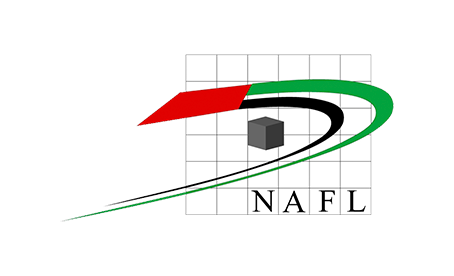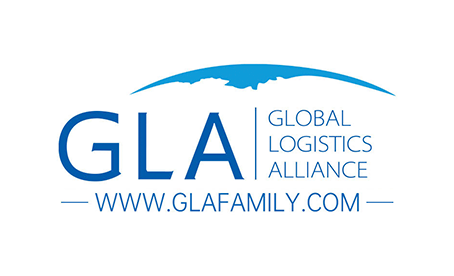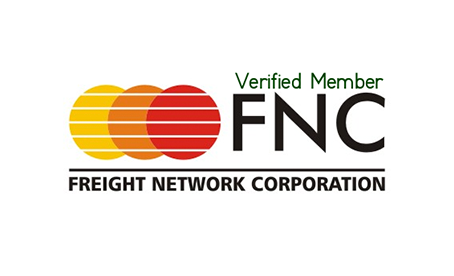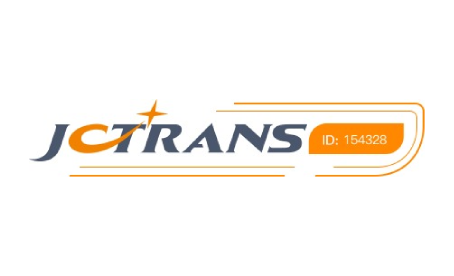Sea freight is still the most common means of international transport, as up to 80% of goods are transported internationally by using sea transport ships, by using containers that are loaded on those ships.
To reserve a container for sea freight, some simple steps must be followed, and we must know that there are several different ways to reserve containers. We will explain in a simple way those methods and the steps used in how to reserve a container for sea freight in the following lines.
How to book a container by sea freight?
Steps to book a container by sea freight
Determine shipping requirements
Before you start the process of reserving a container by sea freight, you must specify the details of the goods that you will be transporting, in terms of dimensions and weight, and if they have types that need special handling such as hazardous materials or freezers, which require a secure shipping method and dedicated containers.We must also specify some information about the shipment, such as the data of the consignee, the place of receipt of the goods, the date of readiness for shipment, and so on.
After specifying these details of the goods, we begin to determine the number and type of containers that we will need, to avoid that we modify the reservation later.
Choose the place of reservation
After completing the evaluation of all the details of the shipment of goods and the number of containers required to be shipped, we can start the process of booking containers.If you are one of those who practice shipping tasks and have experience in it and have contracts with shipping lines and transport companies, you can easily book directly with them.
But if the reservation of containers is in response to an individual request, there are several options through which the reservation is made, which are:
Container booking options
Reservation of containers through the freight forwarder
The process of booking containers through freight forwarders helps in accessing many transport companies, as freight forwarders deal with a variety of shipping lines, which also helps in obtaining special rates.In addition, freight forwarders can provide comprehensive services, from the receipt of the container to the final delivery of it at the place specified by the sender (i.e., door-to-door service).
With the clearance of all procedures, which include, customs clearance, before and during transportation, documentation, tracking, shipment insurance, and other procedures.
Reservation of containers through shipping lines
You can also book the required containers by using the shipping lines directly, instead of dealing with an intermediary such as freight forwarders.However, booking with shipping lines differs from booking with shipping agents, in that shipping lines focus mainly on providing transport services from port to port, unlike shipping agents that provide door-to-door service, although there are exceptions for some shipping lines, where they provide Complete door-to-door shipping services).
Reservation of containers through shipping markets
Shipping marketplaces are websites that aggregate shipping rates and information and offer users a variety of options.Determine the type and size of the container
After completing the first step and determining the quantity of containers required, you must determine the size and types of containers, depending on what your shipment requires, and the following are some of the most common containers used in sea freight:Regular or standard shipping container
They are the most used containers in sea freight, also called dry containers, and they are completely closed, and there are different sizes of them 20 feet, 40 feet, and 45 feet, and there are containers with a high ceiling HC.Refrigerated shipping containers
These containers are equipped with a system that helps maintain an internal temperature between -25 and 25 °C and have the same sizes as standard containers.OT or open roof container
They are containers without a roof, which are used to ship goods that cannot be entered into the container through the door, but entered into the container through the roof using the crane, and they have the sizes of 20 feet and 40 feet.Shipping information
Once you have selected the correct types of containers, the required quantities of them, you will need to provide shipping information without which freight forwarders, shipping lines or shipping markets will not be able to process and complete your reservation, and that information consists of the following:-
Consignee details
-
Required destination
-
The date of loading
-
Loading point
-
Shipment type
-
the number of containers
-
Booking instructions
Determine shipping dates
After completing the selection of shipping information, you must know the type of sailing and its information, including the name of the ship and the flight number, and the estimated date and time of departure and arrival, and all this data is known according to the sailing schedule presented to you.Booking confirmation
Once you have completed the reservation process and filled in all the required information, the reservation will be confirmed for you, and it will be referred to as the initial reservation.The Booking Confirmation is a receipt detailing all the relevant information for the shipment, depending on how you have booked your containers, then you will be presented with payment options right after this step.
Are you ready to load?
After the booking confirmation process has been completed through the carrier, make sure that your shipment is ready on the day of receipt, which is the date that you predetermined when your shipment will be ready, as your container will be delivered for shipment on this date.Once you have delivered the containers, you will receive confirmations from the freight forwarder, shipping line, or freight market providers. Note also that you can track your containers, as well as the ships carrying your containers, through various websites.


 Track Your Shipment
Track Your Shipment
 Online Enquiry
Online Enquiry
 Sign In
Sign In
 English
English
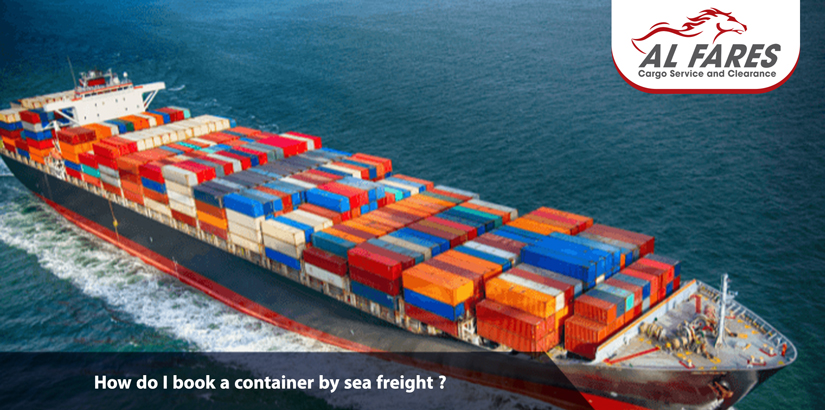
 Alfares Cargo
Alfares Cargo
 Logistic Informations
Logistic Informations
 2023-06-10
2023-06-10




